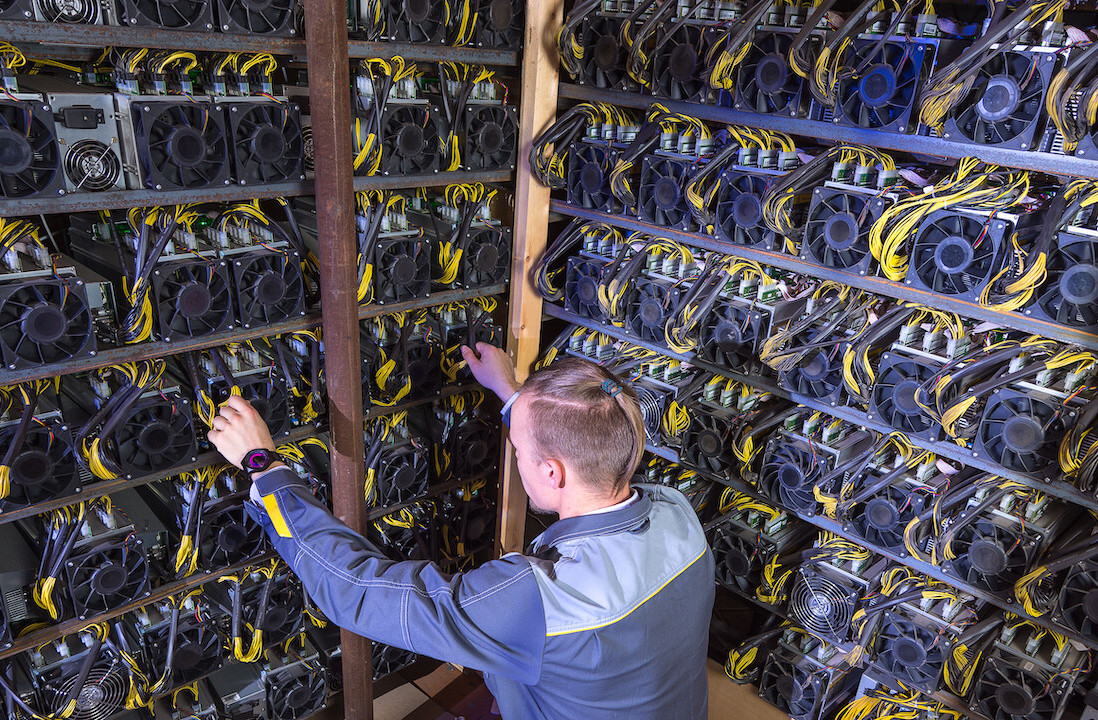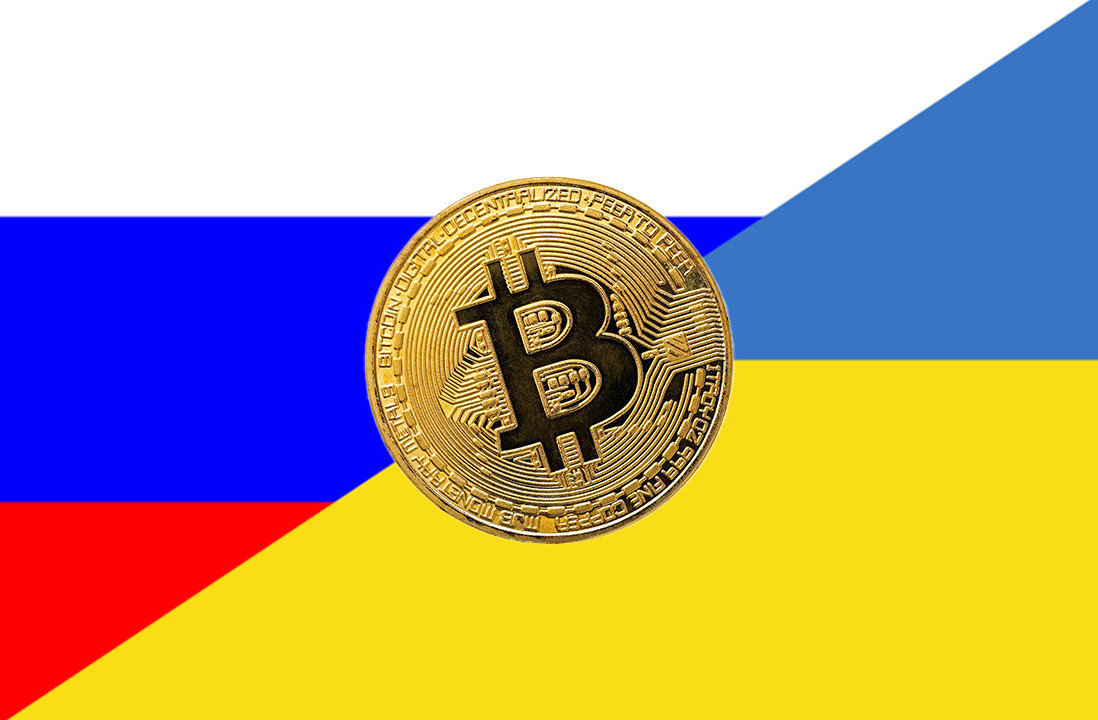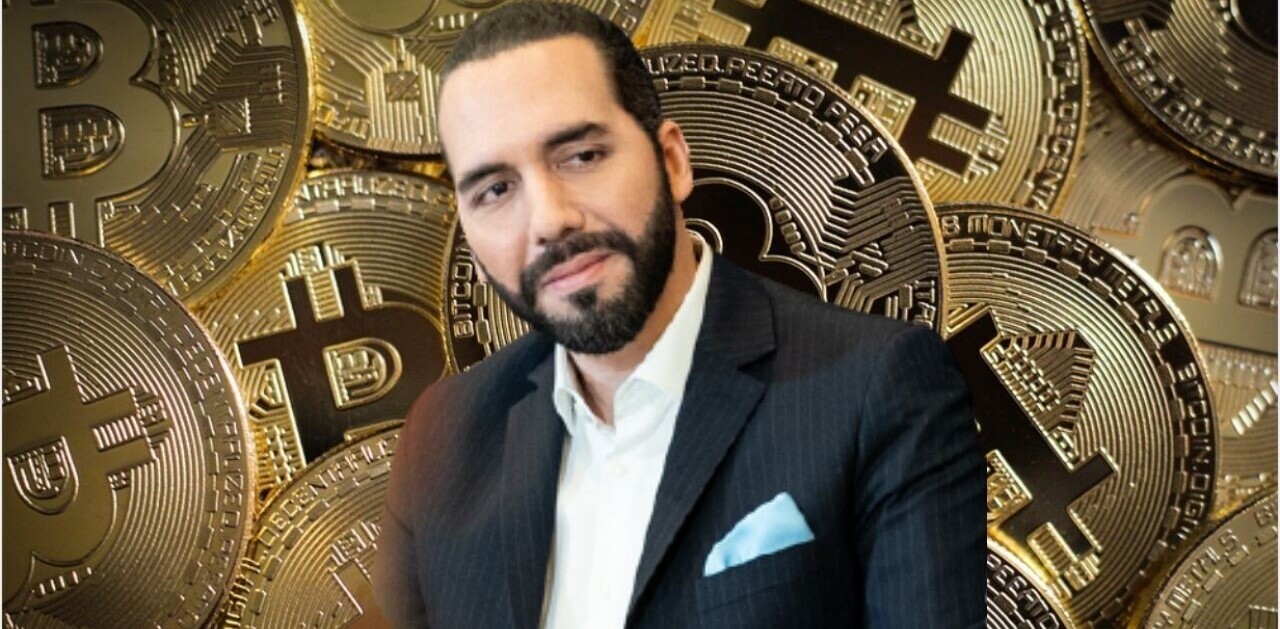
In the past few years, the conversation about cryptocurrency has taken on the tenor of a religious debate, with people either identifying as evangelists or skeptics, maximalists or minimalists.
Tipping one side of the scale are the maximalists — people such as venture capitalist and blockchain industry influencer Tim Draper — who believe Bitcoin’s global impact will be more significant than technological developments in the Iron Age, the Renaissance, or the Industrial Revolution.
On the other side of the scale sit the minimalists, luminaries like former World Bank chief economist and Nobel Prize winner Joseph Stiglitz, who thinks the cryptocurrency should be outlawed and that it “doesn’t serve any socially useful purpose.” The Oracle of Omaha, successful investor Warren Buffett, also sits in this minimalist camp, prophesying that Bitcoin “will come to a bad ending” and that it’s “rat poison squared.”
The debate between maximalists and minimalists has defined the cryptocurrency space since Bitcoin was launched. A decade later, time has shown that extremists on both sides were wrong. Bitcoin isn’t going to replace fiat currency, but it’s also not going away.
Although all-or-nothing attitudes toward cryptocurrency are often rooted in fallacies, wishful thinking and ignorance, they’ve leaked into the discourse, slowing other tech developments. Most importantly, skepticism about cryptocurrency has discouraged widespread investment in its underlying technology platform — blockchain — even when used for non-cryptocurrency industries.
Gartner’s 2018 CIO survey, for example, showed that only 1 percent of CIOs were engaged in any form of blockchain adoption, and 77 percent reported that their organization had no interest in the technology. Despite this lack of engagement among CIOs, 82 percent of Fortune 100 companies have either explored, implemented, or invested in blockchain.
The sooner we integrate blockchain with existing software, the faster we will spur its adoption and spread its many advantages around the world. To do this, we need to position ourselves not as minimalists or maximalists but as blockchain rationalists who take the middle ground.
The case for coexistence
Blockchain maximalists believe that all ledger-based transactions, and even the internet itself, will soon be decentralized. But centralized software solutions aren’t going anywhere. To start, they represent a massive capital investment from businesses: Walmart alone spent $10.5 billion on information technology in 2015. Corporations aren’t likely to abandon such investments for an untested technology.
In addition, it’s simply easier to build centralized web solutions than decentralized blockchain ones — in part because there’s more talent available. There are currently about 23 million web developers in the world, but only about 174,000 blockchain developers in the US. This talent shortage is stunting blockchain’s growth, and a dogmatic insistence on “pure” blockchain solutions only exacerbates the issue. We need to open up development to more people in order for blockchain to grow. In fact, the world is hungry for blockchain talent. Since 2017, the demand for developers with this expertise has increased by more than 700 percent.
Maximalists also need to recognize that blockchain is sometimes impractical and simply isn’t necessary in all circumstances. It is effective in creating a secure, immutable ledger that enables parties who don’t necessarily trust each other to safely transact. Yet many enterprises believe blockchain would increase the level of exposure and visibility to their internal or proprietary systems. Instead, they prefer to remain private.
In cases where trust is earned and records are private, blockchain isn’t necessary and legacy applications will continue to work. When businesses discover specific use cases for decentralized blockchain applications, those applications will still need to be able to interface with existing systems. Blockchain will be one part of a larger picture.
Meanwhile, minimalists are already inadvertently joining the blockchain club. For example, in 2018, the US and Canadian railway BNSF became the most recent member of the Blockchain in Transport Alliance. This is notable primarily because the railway is owned by holding company Berkshire Hathaway, where minimalist Buffett serves as chairman and chief executive. Ten years from now, users may not even know when they’re using an app that is built on a blockchain any more than they think about the fact that their email client uses SMTP.
The blockchain-rationalist world we seek to build is one where centralized software and decentralized ledgers efficiently and productively coexist. This will still be a disruptive change, if not quite the revolution maximalists are anticipating.
Bringing blockchain to the masses
Acknowledging that compromise is the future of blockchain is a good first step. But creating interfaces that allow more developers to experiment with blockchain technology is what will open the floodgates. We need to do for blockchain what Twilio did for telecommunications and what Plaid did for banking: enable developers to easily connect to and build on top of blockchain applications. Developers shouldn’t need to understand the inner workings of blockchain in order to use it any more than we expect people to assemble an engine in order to drive a car.
There is a tremendous amount of exciting work being done in the blockchain space, and almost all of it will broaden blockchain uses by making it palatable to more organizations. By developing alternatives to proof of work, blockchain has already made a crucial breakthrough as a means of validating transactions. While some purists objected to this change to Bitcoin’s original formula, it’s gone a long way toward making blockchain more energy efficient.
Growing interest in hybridized blockchain structures, which allow for varying levels of decentralization, is further evidence that the rationalist approach is gaining steam. In the future, organizations won’t have to choose between totally centralized or decentralized platforms, or between totally trustless or trusted environments. Collaboration, quite simply, is the future of blockchain.
The world is not going to convert to blockchain overnight; the resources, manpower, and public trust simply aren’t in place, yet. By making blockchain more accessible to developers, businesses and end users, the movement will be rooted rationality and be more attractive so people will be eager to join.
Get the TNW newsletter
Get the most important tech news in your inbox each week.




